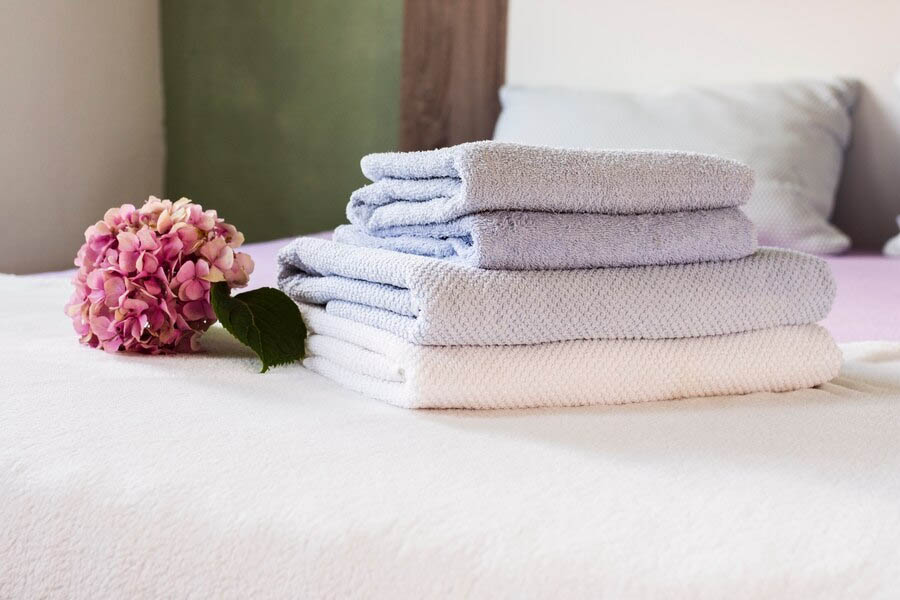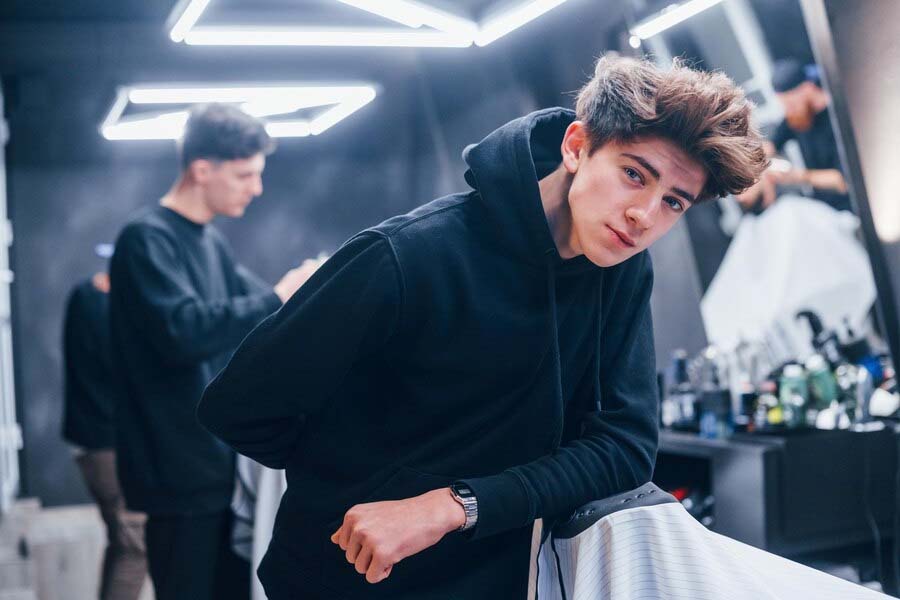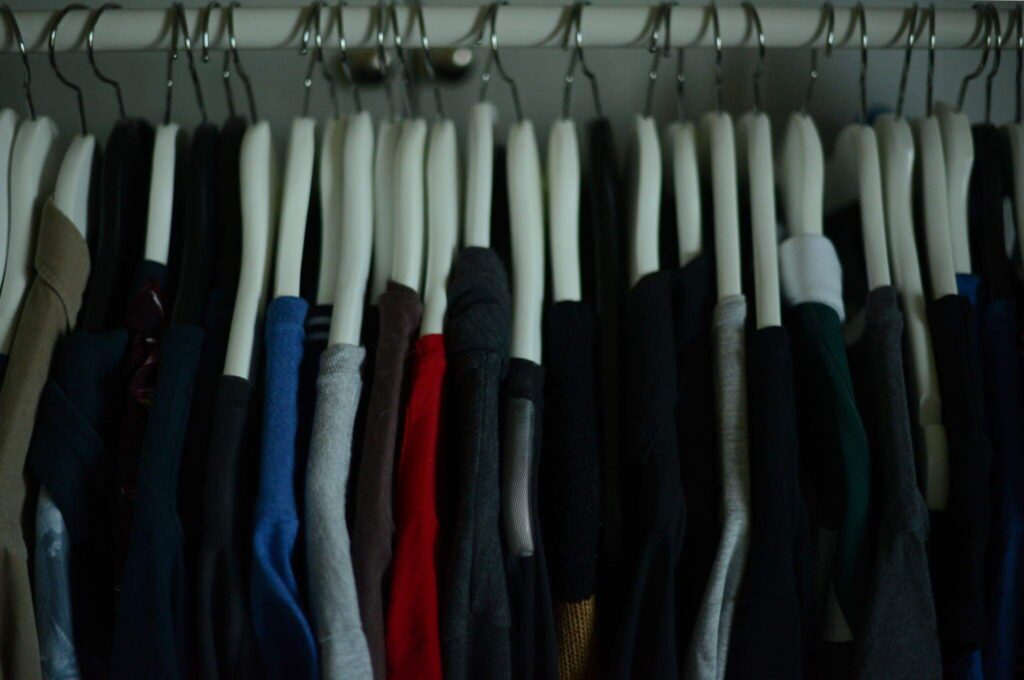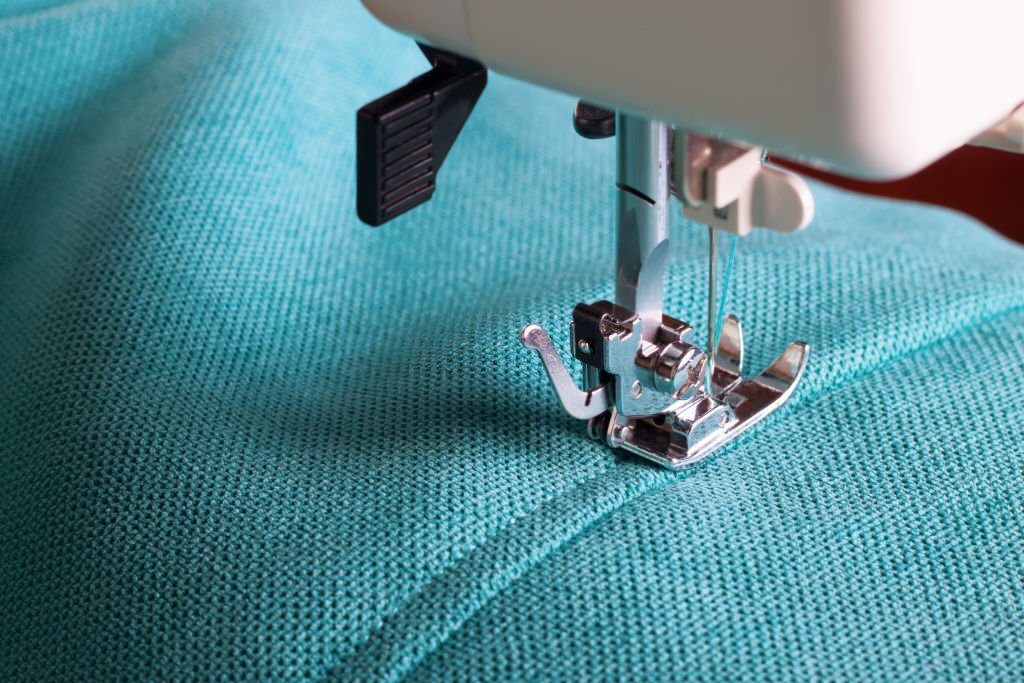Niche underwear companies have exploded in popularity lately; many business people are cashing in on the need for comfort, sustainability, and design. From gender-neutral designs to environmentally friendly textiles, the industry is bursting with creative private label lines. Now is the ideal moment to turn your idea into reality if you have ever wondered how to make an underwear line. Whether you are a growing brand or a fashion startup, this guide will highlight the vital need of a trusted B2B clothing maker in turning your ideas into a market-ready product, and it will walk you through every step from first sketches to final production.
Start Selling Underwear in 8 Simple Steps

Though creating my own underwear line might sound difficult, turning your idea into reality is simple and feasible when you divide it into small steps. Whether you’re starting a fashion business or broadening your product offering, the process—from market research to final product launch—calls for planning, inventiveness, and the appropriate clothing manufacturer. Let’s go over the eight basic steps you must take to grasp precisely how to properly make your own underwear brand.
Research and Define Your Niche
Start by determining the primary market your underwear line will serve. Knowing your audience helps shape your product features and marketing strategies. Will your line cater to men, women, children, or specific needs like maternity, luxury, or sustainability? Examine rivals to uncover unexploited market segments and hone your specialty. Utilize Google Trends and rival analysis tools to grasp demand and trends. At this point, deciding whether you will provide briefs, boxers, thongs, bralettes, or shapewear is crucial to create a targeted and marketable product line.
Sketch and Design Your Collection
Once you know your niche, it’s time to design your own underwear. Start with digital or hand-drawn sketches to investigate various styles and fits. Select materials that fit your brand identity—choices like cotton, modal, bamboo, or lace provide different degrees of comfort and sustainability. Every design should revolve on comfort, fit, and aesthetic appeal. Communication with your producer depends on a tech pack—also known as a specification sheet. Pro tip: To guarantee your designs are ready for production, think of contracting a skilled designer or CAD expert.
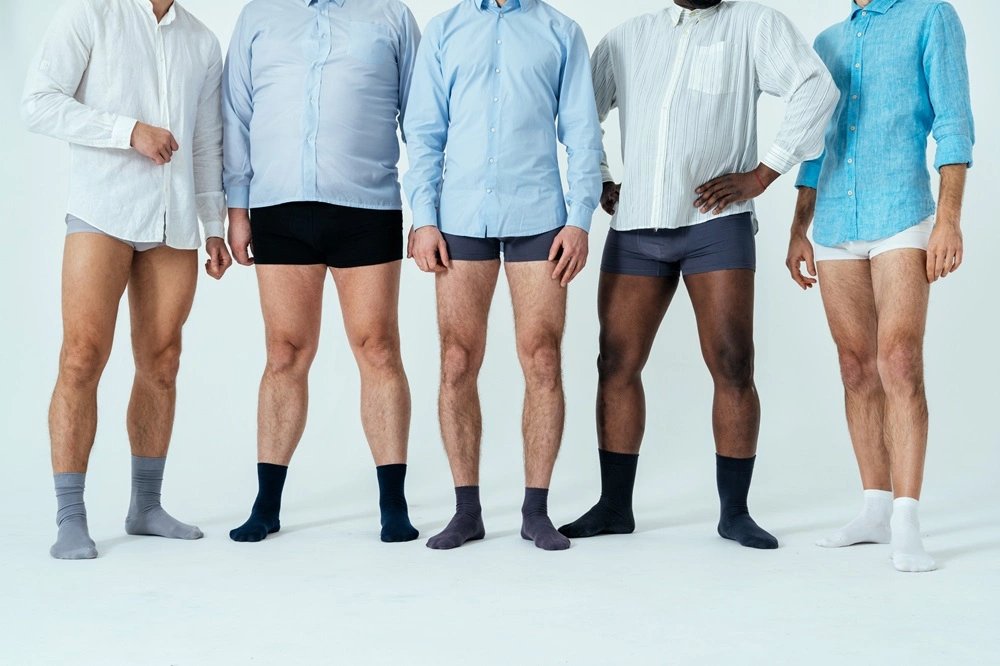
Develop a Prototype (Sample Creation)
With your designs set, the next phase is sample creation. Work with a clothes maker to develop your initial prototype. Perfecting the product depends on this phase, and it may take several fittings and changes to achieve it exactly right. Concentrate on checking overall comfort, fabric quality, stitching, and waistband flexibility. An experienced B2B producer will simplify this process by providing expert insight and modifications depending on their manufacturing knowledge. Don’t hurry; your prototype is the basis for the future success of your product.
Choose a Reliable Clothing Manufacturer
Your underwear line can either break or make by working with the appropriate B2B manufacturer. Search for a business with documented experience and make your own undies. Make sure they have low minimum order quantities (MOQs), particularly if you are just starting out. Great value may come from extra services including sampling, material sourcing, and ethical manufacturing methods. Through design, prototyping, and manufacturing, a full-service plus size clothing manufacturer can help you to discreetly.
Branding, Packaging, and Labelling
Your brand name says a lot even before your item is used. Select a compelling brand name, create a striking logo, and develop a message appealing to your audience. Another important factor is packaging; whether it be minimalist, environmentally friendly, or opulent, it must clearly show your brand values. Custom tags and labels—including heat transfers, printed care instructions, and woven tags—should not be disregarded. These little nuances enhance your product and help your brand to be seen in a crowded marketplace.
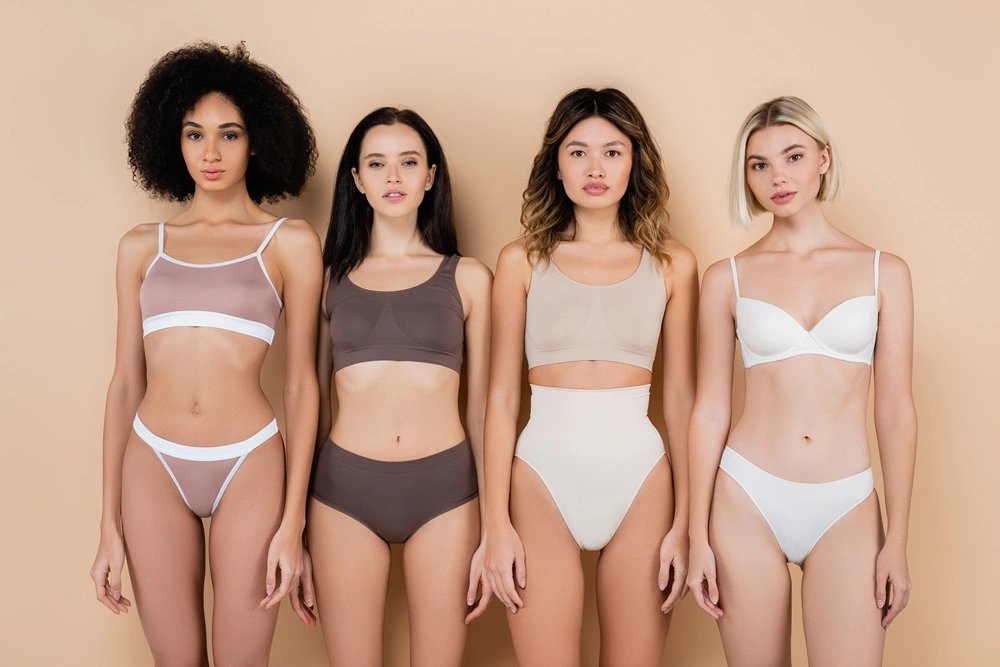
Production and Quality Control
Now the question is, how to make underwear? Once the prototype is approved, you are set to start large manufacture. Efficiency and cost-effectiveness are guaranteed by a systematic approach in production. Collaborate intimately with your producer to plan production and agree on turnaround times. Maintaining product consistency and consumer satisfaction depends on routine quality inspections all during the production cycle. A seasoned B2B manufacturing partner will apply quality control criteria to assist you prevent delays and subpar production.
Logistics and Inventory Management
Efficient inventory management and logistics help your company to operate consistently. Decide whether to send your products by sea (cost-effective but slower) or by air (faster but more expensive). If you are not ready to store goods yourself, think about using warehousing services. Many B2B suppliers—perfect for startups aiming to grow without making major infrastructure investment—also provide drop-shipping and fulfillment options. Good inventory management helps to avoid stockouts and maintain customer satisfaction.
Launch and Go-to-Market Strategy
Your product is ready; now you need to present it to the globe. Showcase your items by building an eCommerce store with either Shopify or WooCommerce. Draw in customers with excellent product and lifestyle photography. Use social media marketing, influencer alliances, and email efforts to increase your brand visibility. An appropriately executed launch plan can provide your underwear line the market rapid development impetus it requires.
Cost To Start An Underwear Line
Creating my own underwear line might cost anything from brand positioning, product complexity, and marketing approach influences. Entrepreneurs usually spend between $10,000 and $50,000 for a small-scale launch. Essentials including design, sampling, production, branding, website development, and first marketing campaigns are covered in this budget. For example, Dan and Melanie Marsden started Lounge Underwear in 2016 with a mere £1,000 initial investment using social media and influencer marketing to expand their company into several million-pound enterprises. For more ambitious projects—particularly those including physical retail locations or luxury positioning—though, beginning expenses can soar to $100,000 or more. Cost to start your own clothing line must correspond with your business model and growth goals.
Is the Underwear Business Profitable?
Indeed, the underwear sector can be quite lucrative, especially when companies target niche markets, run effective operations, and brand themselves strongly. Industry standards show that profitable lingerie retailers—especially those stressing premium materials and strong branding—can realize profit margins of 50% to 70%. Founded in 2016 with only £1,000 invested, Lounge Underwear has evolved into a prominent brand in lingerie with an estimated £151 million valuation. Likewise, Unndr, a lingerie subscription service started in 2022, forecast more than £2 million in revenue for this year after £1.2 million first year earnings. These cases show how much money the underwear sector could make if companies successfully find market niches and carry out planned branding and advertising campaigns.
Create, Launch, and Thrive in the Underwear Market
Making your own underpants line may seem daunting, but with a clear plan, the right underwear manufacturer, and a solid brand strategy, it’s entirely achievable. From understanding your niche to designing, producing, and launching your collection, every step plays a crucial role in building a successful fashion business. As shown by brands like Lounge Underwear and Unndr, the market offers immense potential for growth and profitability. Whether you aim to prioritize sustainability, comfort, or bold design, turning your vision into reality begins with thoughtful execution and reliable support. Now is the perfect time to bring your underwear brand to life.



